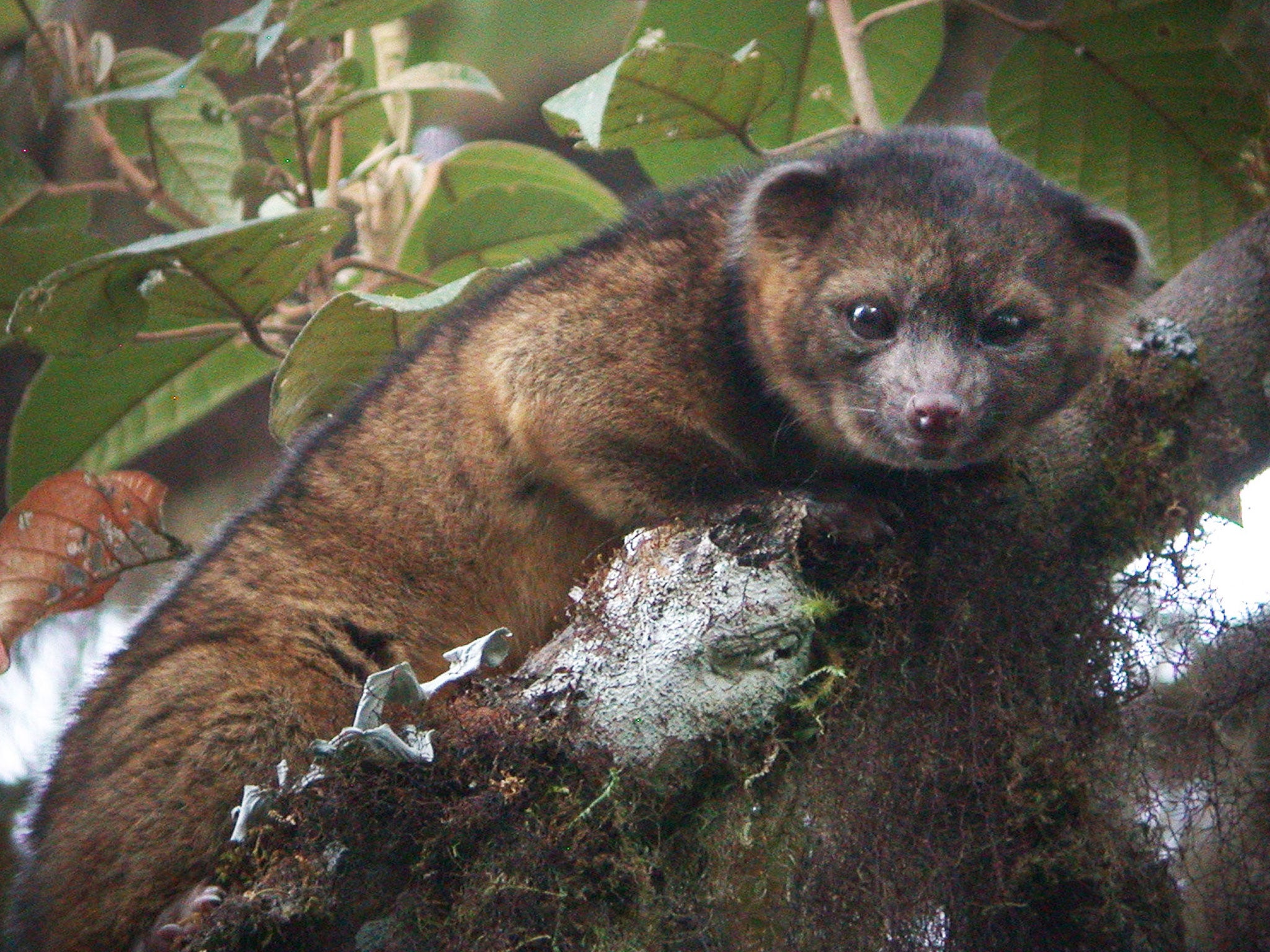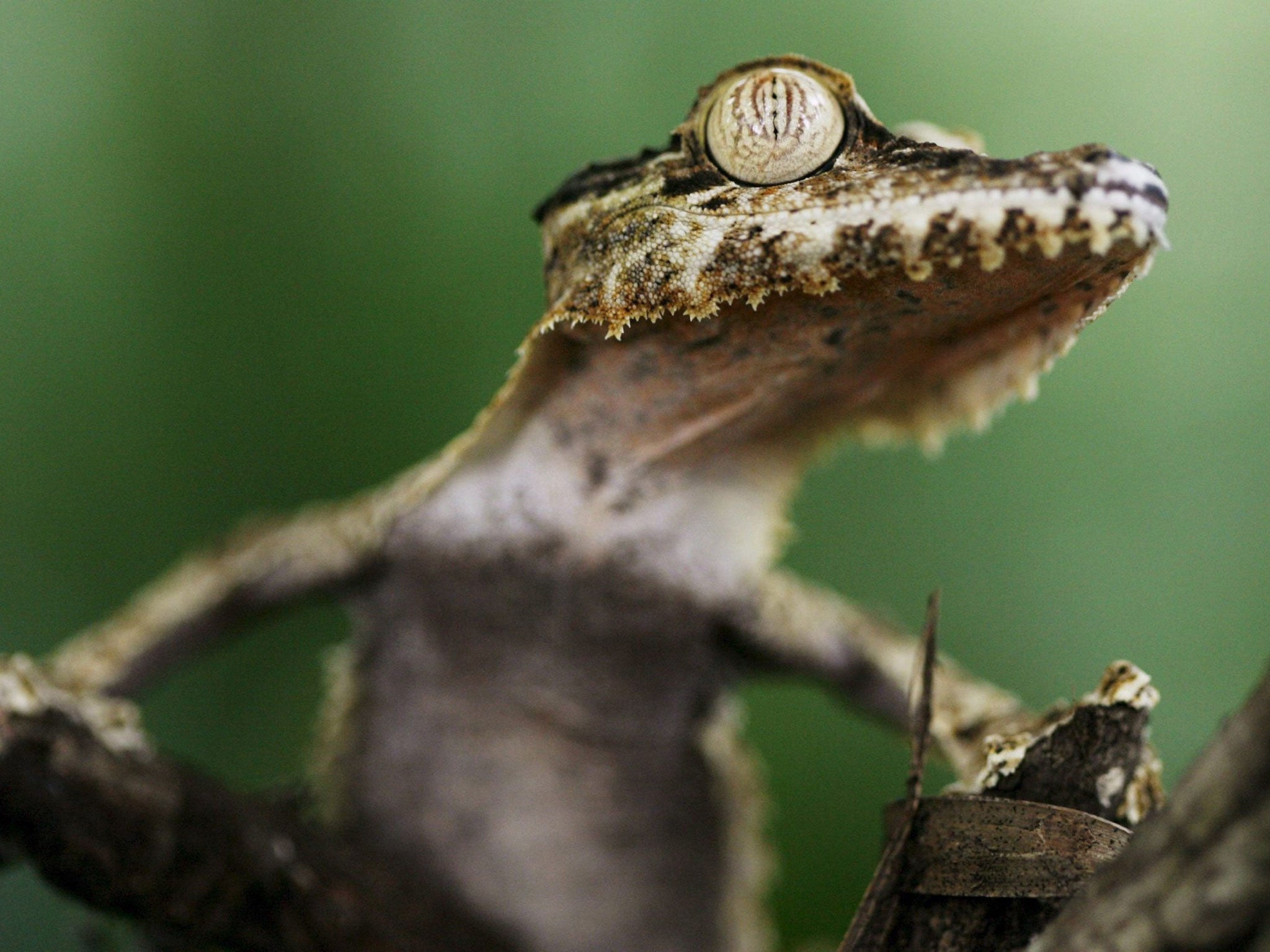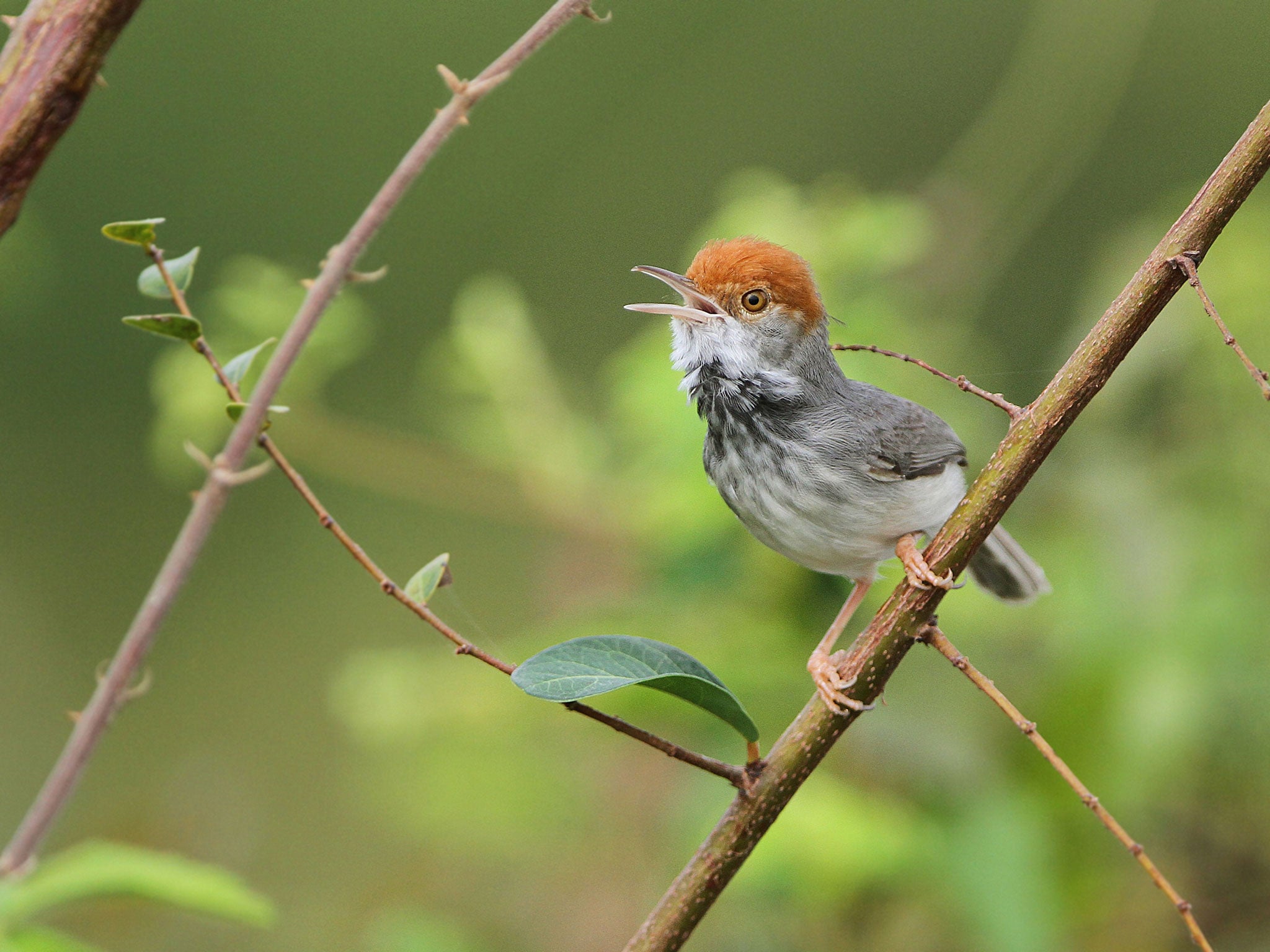Welcome from the jungle: The amazing new species we discovered this year
The year we said hello to the olinguito, the kabomani tapir, the Cambodian tailorbird, the leaf-tailed gecko and the tinkerbella wasp

As 2013 comes to a close, what have we learnt about the natural world during its course? In the Chinese horoscope, it may have been the year of the snake, but in terms of nature, 2013 was very much the year of the olinguito. Or, for that matter, the kabomani tapir. Or the Cambodian tailorbird. Or the leaf-tailed gecko. Or the tinkerbella wasp.
For these are all creatures new to us, becoming part of the great pageant of known life after being scientifically described as species for the first time over the past 12 months. And there are many more.
We may think we know most of the Good Lord’s living things, but the truth is very different. Although close to 1.5 million species have now been described and catalogued – the Global Biodiversity Information Facility currently lets you search through 1,426,888 online – the full total is clearly very much higher, and estimates range from three million up to 100 million. (A very interesting attempt at a precise guess was made in 2011 by a group of Canadian scientists who suggested that, based on the rate at which species radiate out along “the tree of life”, the full total would turn out to be 8.7 million – 6.5 million species on land, and 2.2 million in the oceans.)
So it is not surprising that every year, thousands of new species are discovered and described, and in fact, over recent decades, the average has been about 18,000 per annum. It takes a long time for all this information to be collated, and if we look at the last year for which there is a detailed picture, 2009, we find that 19,232 new species were then described scientifically.
More than 70 per cent of these – 13,903 – were invertebrates, and the overwhelming majority of the invertebrates – 9,738 – were insects, and more than 35 per cent of the insects – 3,485 – were beetles, thus giving force to the alleged remark of the British evolutionary biologist JBS Haldane that “the Creator, if He exists, has an inordinate fondness for beetles”.

In addition, 2,220 new plant species were described that year, and 1,360 fungi; but when we come down to our own kind, vertebrates – mammals, birds, reptiles, amphibians and fish – we find the grand total was only 639, and this included just 41 new mammals (mainly small rodents) and a mere seven new birds.
Although a full picture of the discoveries of 2013 will be some time in coming, there is little doubt that these proportions will be maintained, based on what we already know. And one of the surprises is that among the handful of new mammal finds, two are quite remarkable.
One is the discovery of a new species of tapir, that pig-shaped, short-snouted horse-relative which lives in the tropical forests. The last of the four species known hitherto was discovered in 1865, so the finding of a fifth, in the Brazilian Amazon, which is smaller than any of the others, and has been given its local Indian name of kabomani, is highly significant: it is the first member of the order of odd-toed hoofed mammals (which includes horses and rhinos) to be discovered in more than a century, and the biggest new animal to come along since the saola, the Vietnamese jungle ox, in 1992.
The second remarkable finding is of the first carnivorous mammal to be discovered in the Americas in 35 years – the olinguito, a tree-dwelling relative of the raccoon, tracked down by American biologists in the high-cloud forests of Colombia and Ecuador. It has red-brown fur and a cuddly face, and is so photogenic we will doubtless see more of it.
Among birds, more than a dozen new species have been described in 2013, including three owls (two from Indonesia and one from Oman) and, perhaps most notably, the Cambodian tailorbird, a wren-sized songbird with an attractive orange cap, which has until now lived happily and unnoticed in Phnom Penh, the Cambodian capital. It was first spotted during bird-flu checks in 2009 and confirmed this year as a unique species (after being photographed on a construction site).

Among reptiles and amphibians, there was a three-in-one discovery during the year, when Australian biologists found two new lizards (the Cape Melville leaf-tailed gecko, and the Cape Melville shade skink) and a new frog (the blotched boulder-frog) on an isolated mountain range in the rainforests of Cape Melville in northern Queensland. Among invertebrates, one of the most noteworthy findings has been of the tinkerbella wasp in Costa Rica, which at a quarter of a millimetre long is one of the smallest insects found in history, and only just visible to the naked eye; it was discovered by John Noyes from the Natural History Museum in London and has been named after Tinker Bell, the fairy from Peter Pan.
All this, of course, is just the briefest taste of what has been newly described in 2013, and if previous years are anything to go by, the final total will once again approach 20,000 previously unknown species.
Join our commenting forum
Join thought-provoking conversations, follow other Independent readers and see their replies
Comments
Bookmark popover
Removed from bookmarks